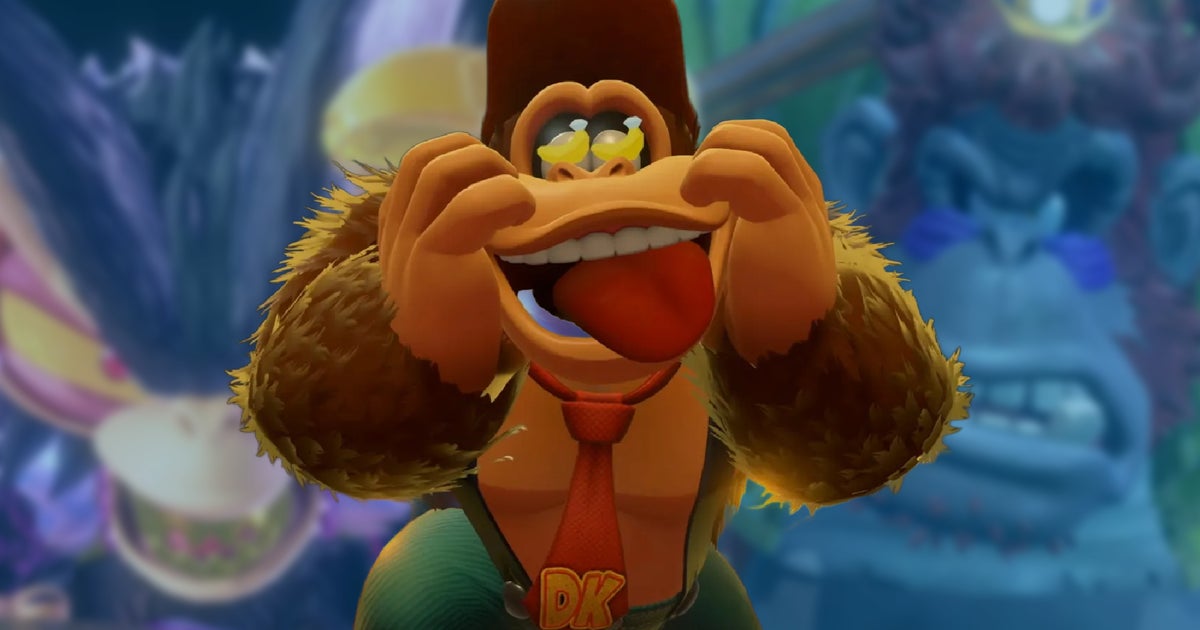Nintendo’s Voice Acting Dilemma: Why ‘Donkey Kong Bananza’ Highlights a Growing Transmedia Gap
Nintendo’s Voice Acting Dilemma: Why ‘Donkey Kong Bananza’ Highlights a Growing Transmedia Gap

A recent deep dive into ‘Donkey Kong Bananza’ underscores a critical debate for Nintendo’s evolving multimedia strategy: the inconsistent application of voice acting. While the game itself is lauded for its creativity and expansion of the Donkey Kong universe, it exposes a peculiar disconnect, particularly when viewed through the eyes of a younger, non-reading audience.
The critique centers on the disparity in vocal delivery: while characters like Pauline speak full English, the majority of the cast, including monologuing villains, communicate in subtitled ‘gibberish.’ This creates a unique challenge for younger players, who, despite being captivated by the visual storytelling, struggle to follow narratives reliant on rapid-fire text. This issue is amplified in an era where Nintendo’s beloved characters are transitioning into major transmedia icons, with movies like the upcoming Donkey Kong film introducing fully voiced versions of these same characters.
The article argues that this ‘gibberish’ approach, while perhaps a localization cost-saver, feels increasingly outdated. With franchises like Zelda already embracing full voice acting for dramatic cutscenes, the cognitive dissonance between games and films grows. As Nintendo aims to deepen audience engagement across all platforms, a consistent and fully voiced character experience in games could be crucial for the next generation of fans.
Disclaimer: This content is aggregated from public sources online. Please verify information independently. If you believe your rights have been infringed, contact us for removal.